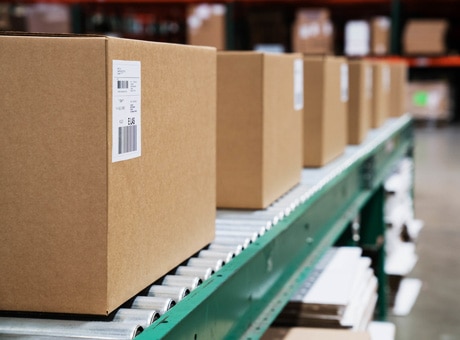Inventory management may seem like something you can put on the back burner as a small business owner, but poorly managed inventory may hurt your business. In this post, we’re walking you through streamlined inventory management tips that can improve your retailer relations.
For example, e-commerce retailers enjoy fast-paced sales, but customers may buy only one or two items in every order. On the other hand, business owners considering expanding into wholesale have a new pool of customers who are purchasing hundreds of products in every order. While that’s great for business, you’re now dealing with an even greater amount of inventory to keep track of.
So how do you scale up inventory management and fulfillment to move all that stock sitting in your warehouse? Read on for the QuickBooks guide.















